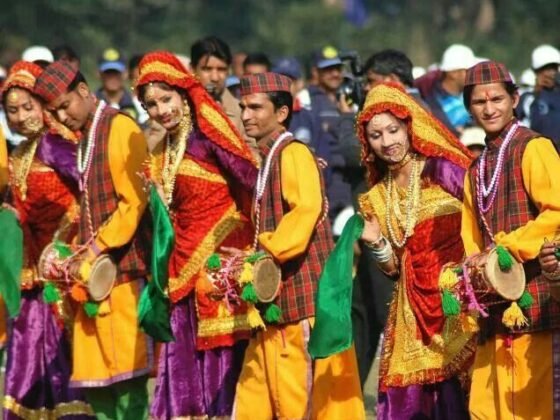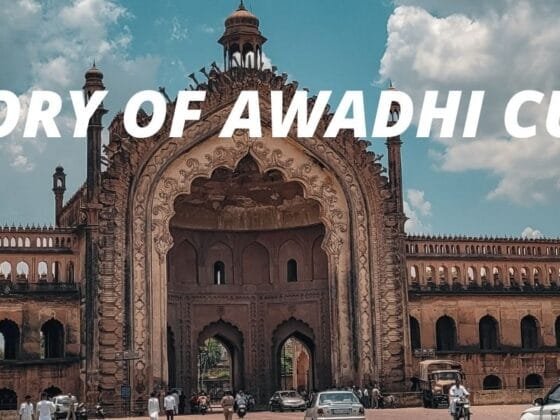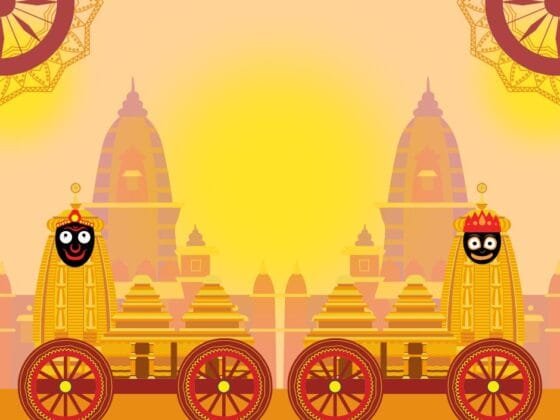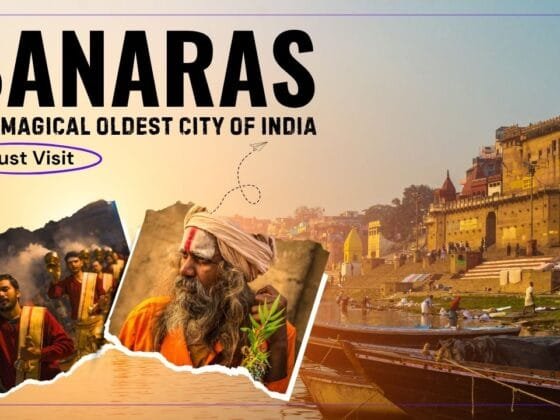Have you heard about Jwala Mata Temple which is famous for the ‘Akhand Jyot’? It is known for the eternal flame that has been lighting the whole world since ages. It’s the temple dedicated to the Hindu Goddess Jwala Ji, also known as Jwalamukhi Ji. Situated in the lower Himalayan region of the Kangra District in Himachal Pradesh, the shrine is around fifty five kilometers away from popular tourist town – Dharamshala. Read below to find out breathtaking facts about the shrine, historical episodes related to it, and information about reaching the spot.
History Of Jwala Devi Temple




The Jwala Ji temple along with Mata Vaishno Devi Darbaar is known to be the oldest. Mahabharata has special mentions of the same. It is said that the Pandavas discovered this temple. This temple is one of the fifty one ‘Shakti Peethas’ where the tongue of Mata Sati is said to have fallen. Devotees offer prayers to the goddess in the form of the eternal flame also referred to as the ‘Jyoti.’ It is said that initial construction of the temple was done by Raja Bhumi Chand. Later on Maharaja Ranjit Singh and Sansarchand completed the temple in 1835.
Stories Attached To The Temple
It is said goddess’s devotee Gorakhnath once asked Mata to light the fire to warm the water for cooking as he was starving. After saying this, he said you warm the water, I shall return soon after getting some bhiksha and offerings to cook. The belief says he hasn’t returned till date and Mata is still waiting for him with the eternal flame.
Historical Episodes Attached To The Temple
Jwala Devi Temple and Mughal ruler Akbar have a historical connection. It is said that Dhyanu Bhagat, a devotee of Mata, was going along with some villagers to offer prayers at this pious temple. While he was crossing Delhi, he and his people were stopped and presented in front of Badhshah Akbar. The Mughal ruler questioned the strength of the Goddess and to seek proof, he asked his people to cut the head of Dhyanu Bhagat’s horse. Dhyanu Bhagat prayed to the goddess and cut his own head instead, offering it to the goddess to reattach the head of his horse. When Mata Jwala performed the miracle, Akbar realized the same. Later, he himself went to the temple and offered ‘Sone Ka Chhatra’ or the Golden Umbrella. But Akbar went ahead with pride that he had offered gold to the Devi Temple. To break his false pride, Mata made the Chhatra fall down from his hands and it got converted into some metal, other than Gold. What is that metal, it’s still a mystery. The same Chhatra is kept in the temple campus for devotees to see.

Some Facts About The Temple
King Akbar made his people bury deep and create an artificial river, which is known as Akbar Nehar. It was made with the attempt to fetch water from the same to blow the jyotis away. His continuous attempts failed as it couldn’t be done. During British rule and post independence, many scholars tried to find the science behind these 24×7, unstoppable flames in the temple. But none could find anything.
Miraculous Nine Jyots
There was no initial idol to worship Mata. The nine eternal flames or jyotis in the temple that keep glowing from the womb of the earth are worshiped. These nine jyotis depicting the roop/ form of Mahakali, Annapurna, Chandi, Hinglaj, Vindhyavaasini, Mahalaxmi, Saraswati, Ambika, and Anji Devi are prayed.
Details About The Temple
Read below to find out some details about the temple. Don’t forget to find out the latest COVID rules and regulations. Post following safety and precautionary measures, you may go and offer prayers in the temple.
Spots To Cover
- Gorakh Dibbi: The place where water was asked to be warm, as mentioned above. It’s a kund which is considered holy by the devotees.
- Shayan Kaksh: It is in the campus of the temple only. Post night aarti, bed is set, and silver utensils, datun, and water are kept for the Devi to rest and use them. Some say, every morning, signs of Devi using those things are witnessed.
Transport Details
- Nearest Airport is at Gaggal, in Himachal Pradesh, which is around 50 kms away. Otherwise, Chandigarh or Shimla airport are within 150-200 kms range.
- Ranital is the railway spot nearby, around 20 kms away, and Pathankot is around 115-120 kms away.
Aarti Details
During winters, the temple opens at 6 am with the morning aarti known as the Mangal Aarti. The bhog aarti is performed at 11:30 am while the evening aarti happens at 6 pm. After the Shayan aarti at 8:30 pm, the temple is closed around 9 pm. Usually the aartis are of one hour and during summers, the entire schedule is changed with a difference of one hour. First half of the day activities are preponed and the activities of the second half are postponed to an hour.
Important Points To Remember
- Navratri Season is worth seeing here. But if you wish to avoid the hush and rush, then seek some other time to visit.
- You may see Bajreshwari Mata Temple, Tara Devi Temple, Ashtbhuji Maa Temple, Shri Raghunath Ji temple, Arjuna Naga and Nagini Mata temple nearby. Some also keep Sidh Baba Balak Naath Temple, Chintpurni Mata Temple, Chamunda Devi Temple, and Naina Devi Temple in their tour..

 Add to favorites
Add to favorites








